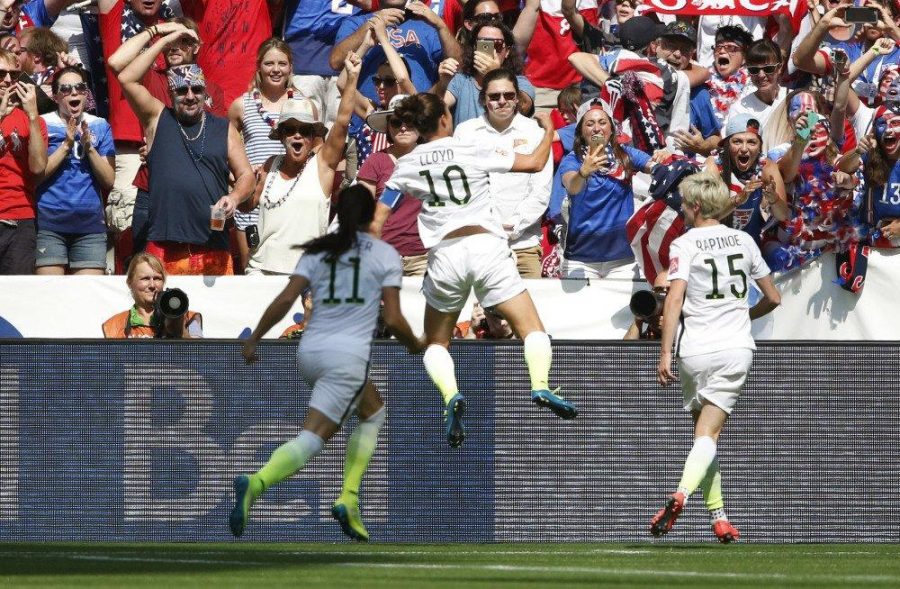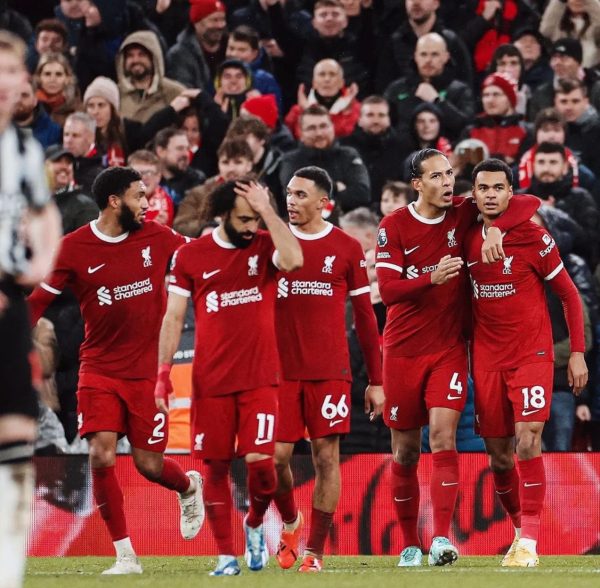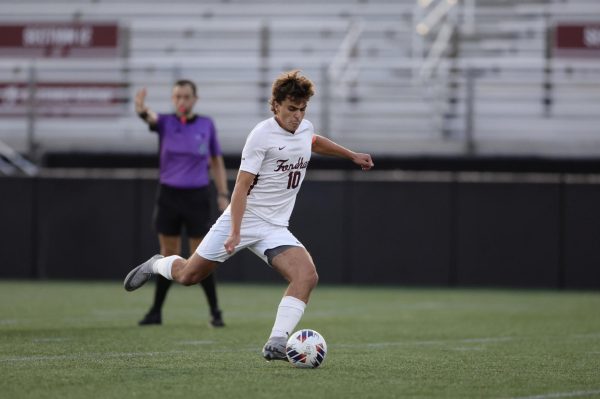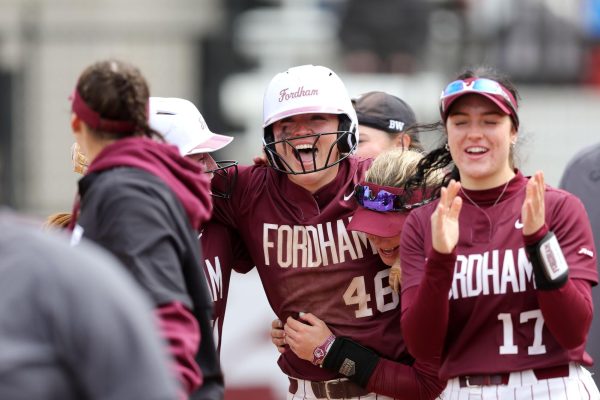USWNT Face Soccer Federation
By Andrew Posadas
The best woman’s soccer team in the world and current reigning World Cup champions find themselves in another battle with an old, bitter rival. No, it isn’t Brazil or Japan. This is a group that has battled them off the pitch: the U.S. Soccer Federation.
Earlier this year, the women’s national team began intense negotiations in its collective bargaining agreement, stating that it believes it deserves equal pay to its counterpart: the men’s national team. Garnering much attention in the media, there was a general consensus that the women were indeed entitled to equal pay, considering that, since 1999, they have clearly been more dominant in international play than the men’s team.
Ultimately, a new C.B.A. was agreed upon between the USWNT and the U.S. Soccer Federation. Along with wages being the primary concern for the team, the players also wanted to be able to control where they played, and more specifically, what they would play on. The team has made no secret of the fact that it prefers natural grass at its venues to the artificial turf seen in most sports arenas in the country. The new CBA has approved of the squad’s preference, yet its schedule for the rest of the year tells a different story.
Four of the USWNT’s nine games on the 2017 calendar have been set in stadiums that use artificial turf. Three of the four games on turf are at home here in the states. The team has every reason to contest the federation’s decision on this matter. For example, although the federation has agreed over and over that natural grass is the ideal surface to play on, the USMNT has played more games on grass, while the USWNT continues to play a majority of its games on turf.
In addition, last year, the team had only two home games that were set in a venue with turf. That was with the previous C.B.A., which had no specifications on preferred surface for the women’s team. Now, with everything being agreed upon, the team finds that it has to play more on turf, it is hypocritical on the federation’s part to come to terms with certain amenities, only to go back on its word.
Consider this: the women’s team had to cancel a home game in Hawaii back in 2015, after players saw the condition of the turf and immediately decided they wouldn’t play. After that debacle, the federation issued an apology where the president, Sunil Gulati, reassured the fans that “It won’t happen again.” Well Mr. Gulati, at this rate, another turf problem seems imminent.
How can a team so successful and decorated continue to be given the run-around by the group that’s supposed to be governing the team in the best interests for the players that represent the team? These women have been a consistent staple in the success of the United States in international competition. It’s time they get the respect they deserve, and more importantly, the respect they have earned.












































































































































































































